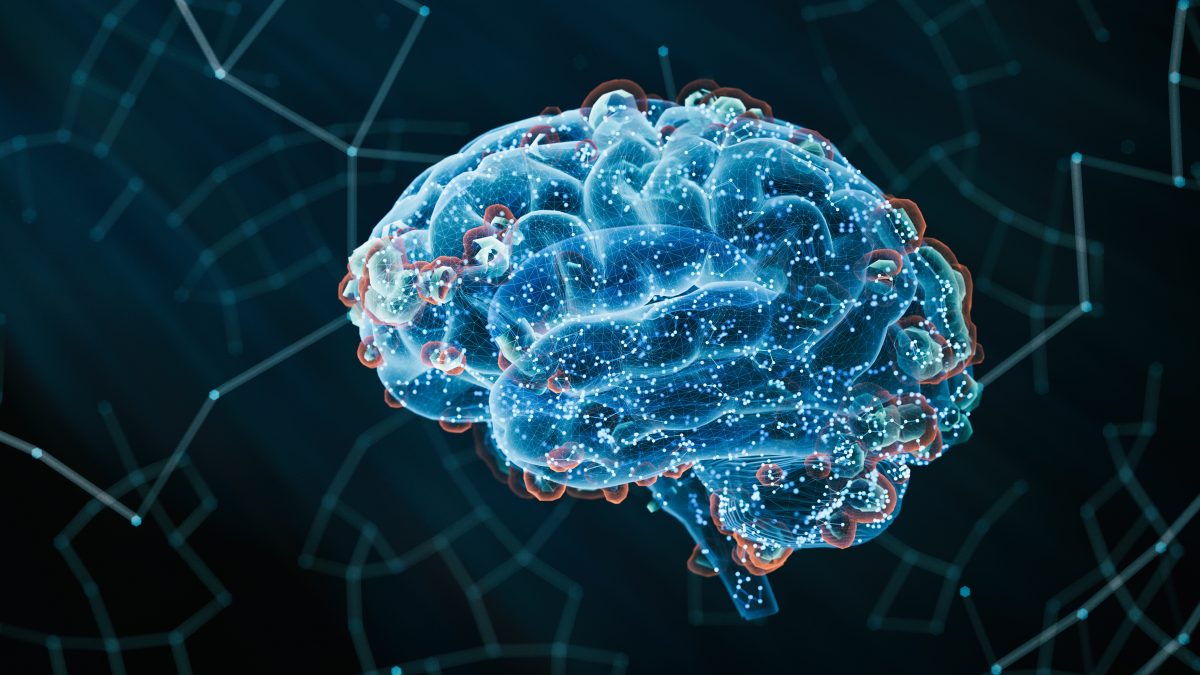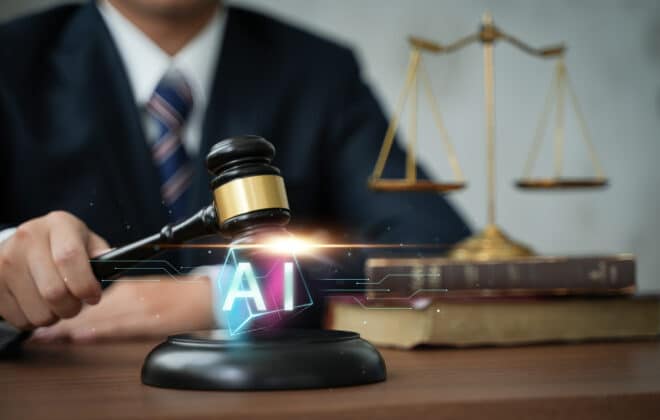Emotional Perception’s Application [2023] EWHC 2948 (Ch) Appeal
So, unsurprisingly, following the last Consequentials Hearing on 15 December 2923, a direct appeal has been allowed to the Court of Appeal in Emotional Perception’s Application [2023] EWHC 2948 (Ch). The reasoning was that the issues are ‘novel and significant and are of importance to the wider computer-based community.’
We have also learnt that there is no applicable tariff for costs in such an appeal from the UKIPO to the High Court, with the UKIPO (1) unable to substantiate its request for lower costs with any authority and (2) suggesting that for reasons of costs transparency, the onus is on the appellant to advise irrespective of the absence of any guideline or rules in the CPR. A reduced costs was, according to the UKIPO, justified because it has “no skin in the game,” even though its decisions negatively affect businesses and entire industries. A further concern that was raised was that a high award of costs would discourage the Comptroller from participating in future appeals, and could actually act against the public interests. That ignore the fact that the UKIPO is essentially self-funding with an income from official fees in the region of £100M.
We are also told that, “Numbers don’t lie.” According to BAILLI, our Emotional Perception decision was, in a single week, viewed a staggering 35,371 times. That’s more than 10x the next most accessed decision from the England and Wales High Courts! The number of articles written in short order clearly point to this decision as being an important milestone for the profession and CII technologies.
Juve has independently assessed the Emotional Perception decision to be one of the top 10 patent cases in Europe in 2023. And the decision demonstrates that there is a need for disruptive thinking that brings about a paradigm shift in the law. The arguments consistently presented during prosecution and appeal – and the resulting decision – reflect that examiners and attorneys alike had previously misunderstood the true nature of AI technology. There was, in fact, a desire to accept and follow old and outdated thinking of what amounted either to a program for a computer or a mathematical method “as such,” as these applied to artificial neural networks “ANNs.”
There are leaders and there are foot soldiers. The leaders are at the top of the game and question authority, argue and persuade. The others follow
Related Posts
Leave a Reply Cancel reply




